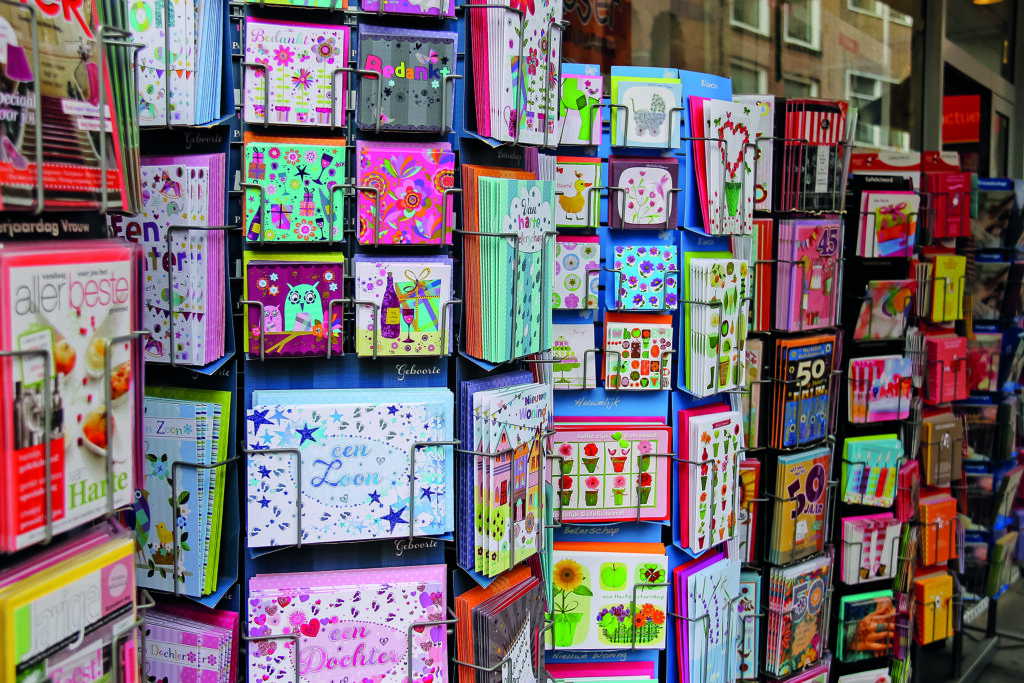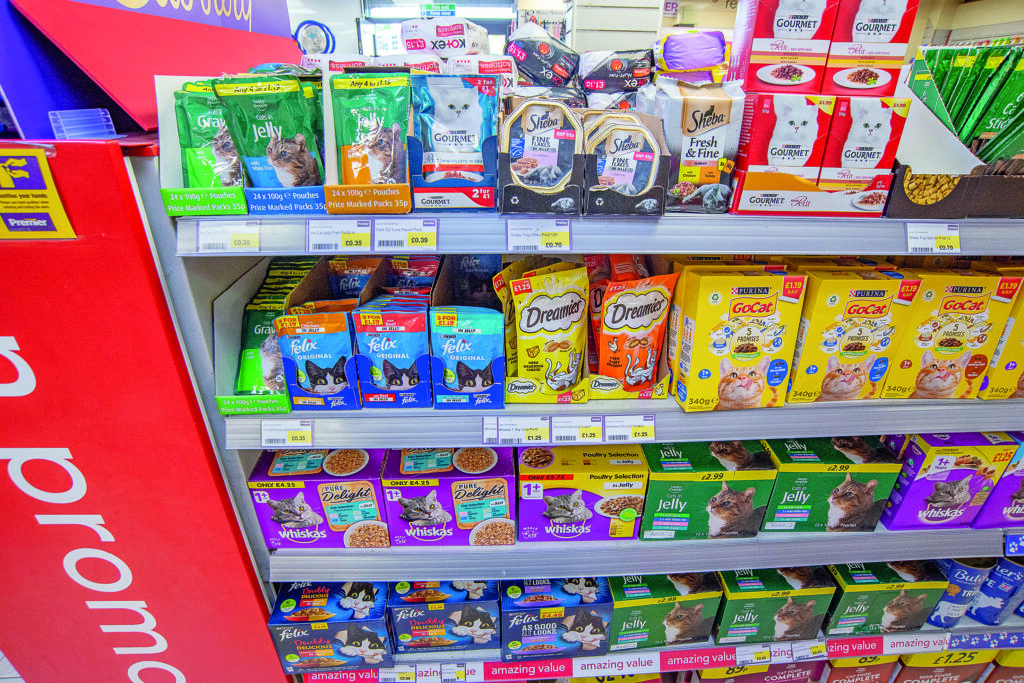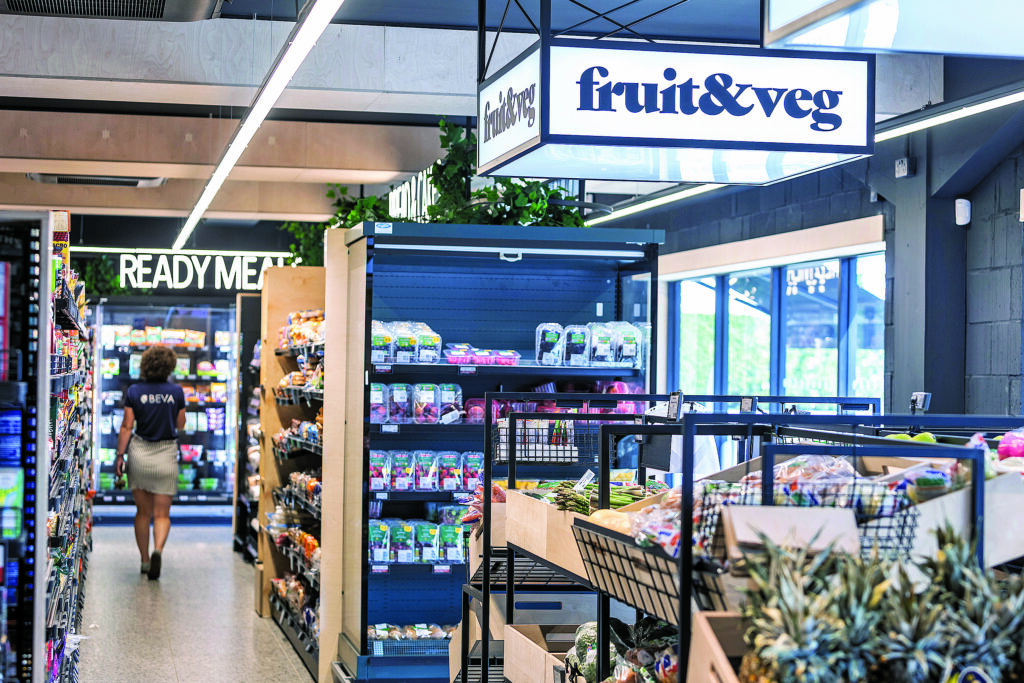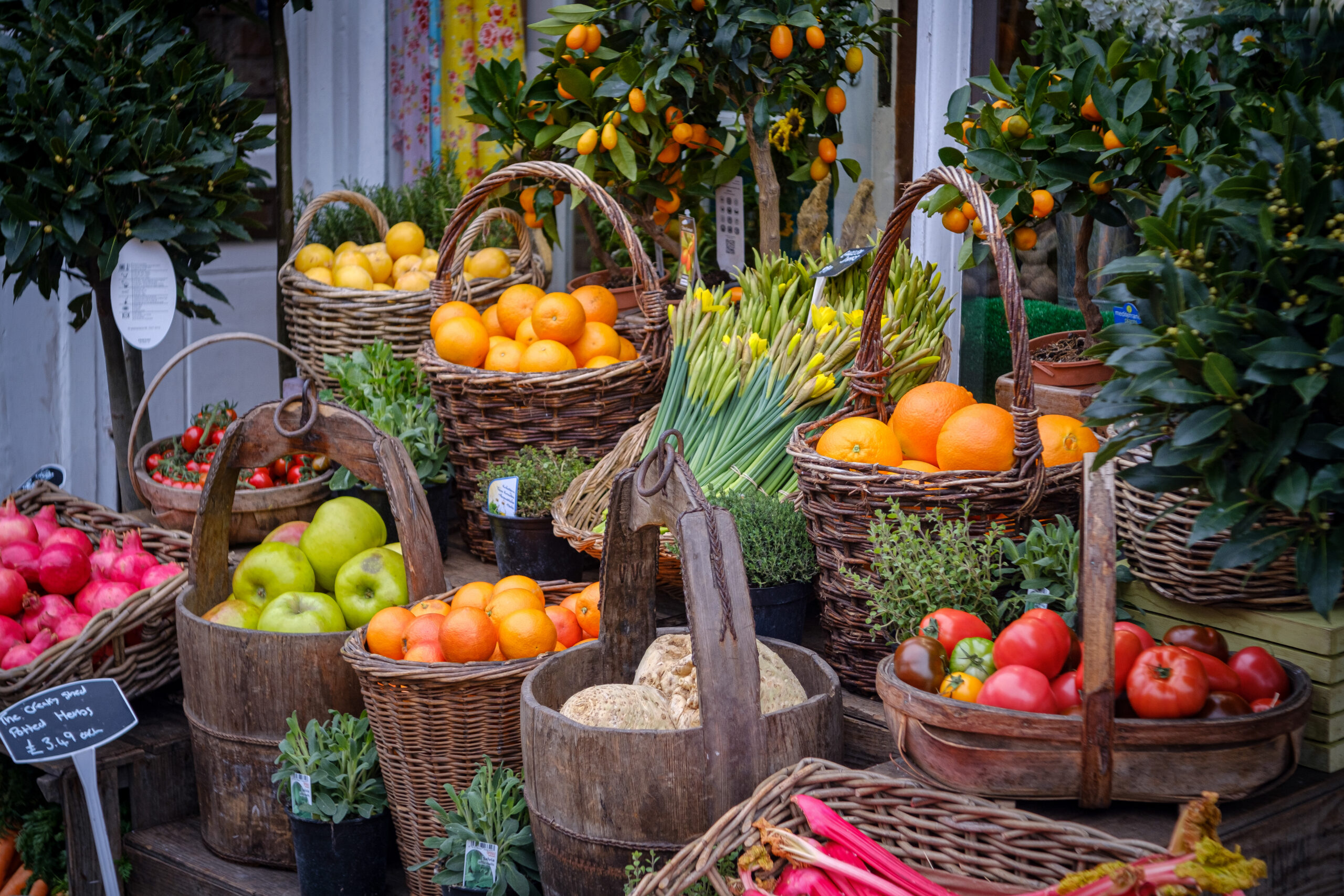We haven’t done anything yet, but conversations keep reoccurring. Which categories are retailers fading out?
Jack Matthews, Bradley’s Supermarket, Quorn, Leicestershire
Andy Miles, Dike & Sons, Stalbridge, Dorset

“It’s an interesting question. If you look at all the big supermarkets, over the past 10 years, the grocery departments have got smaller, while homeware and stationery has grown. Presumably that’s because there’s more margin in those categories.
“We’ve had several conversations here about what we would do if we rejigged our grocery department to get rid of slower selling lines without losing customers who might come in especially for that odd jar of pickles. But we would love to introduce more homeware – from duvets to photo frames.
“Because our store is so rural, people who don’t want to shop online have to travel for half an hour to get products like this, so it would work really well for us to stock them. We sell so many cards, it’s ridiculous. By reducing our fruit-and-vegetables section by half a metre without losing any products, we were able to increase our card section by 50%.”
Read more grocery product news and category advice
Vrajesh Patel, Londis Dagenham, Essex

“We’re looking to phase out newspapers and magazines, especially since the recent carriage charge increases. Our margins are just getting eradicated. We’re also cutting back on US sweets because I think they’ve had their time. We’ll phase them out and do something with other world sweets and world products. There are other countries that we want to explore.
“We’re looking at other sectors that are on the up and we’ll try to expand that range. For example, we’ve seen an increase in specialised pet food – for rabbits, guinea pigs and other animals beyond cats and dogs – so we’re looking for a local supplier to provide food and accessories. It’s a category with good demand and good margins so it should be a good fit.
“Ultimately, there’s so much we could be stocking that we’re not. So, it’s about finding out how much footfall that square metre is generating minus the cost of maintaining it.”
Read more of our store profiles where we visit independent convenience retailers to showcase their fresh ideas and unique insights
Joshua James, Fresh & Proper, Fordham, Essex

“We went quite hard with vegan products when we launched the store but we’ve now almost completely phased them out. If we had more freezers we might get some frozen vegan options, but without them it was just a high wastage category for us, which defeats what we’re trying to achieve. It was weird, because we thought it would be a target market when we launched. But we had one customer saying we didn’t have a big enough vegan range and then after we expanded it, sales just wouldn’t go up. The range of products on offer is growing so fast the planogram can’t stay the same very week so you very quickly get into waste.
“We’ve gone very heavy with produce for cooking from scratch since then. We’ve got lots of produce and local goods. We’re in a rural area, so we’re targeting farmers and farmers’ wives.”
“We also took newspapers and magazines out almost straightaway because the returns can be difficult.”



Comments
This article doesn't have any comments yet, be the first!